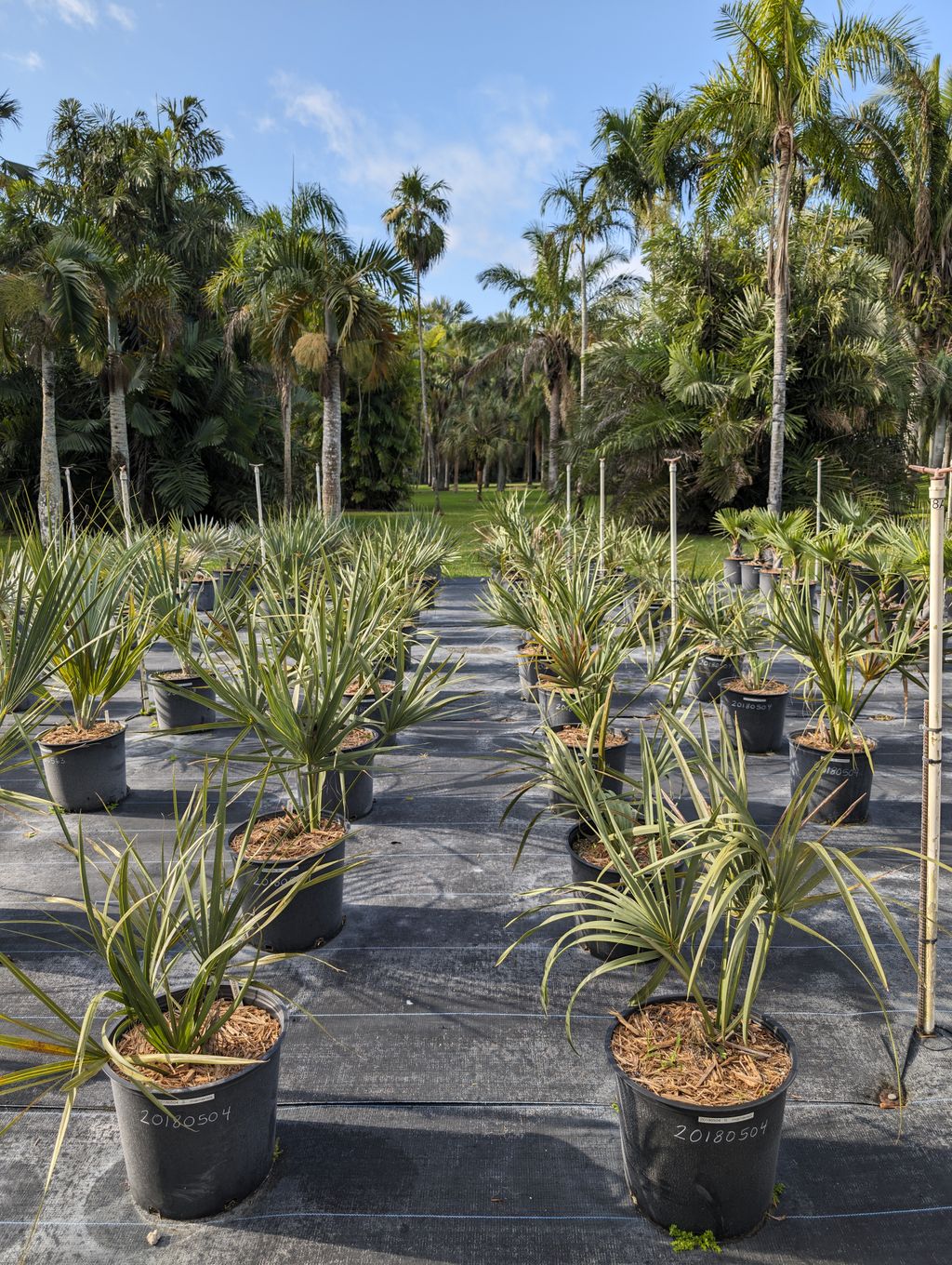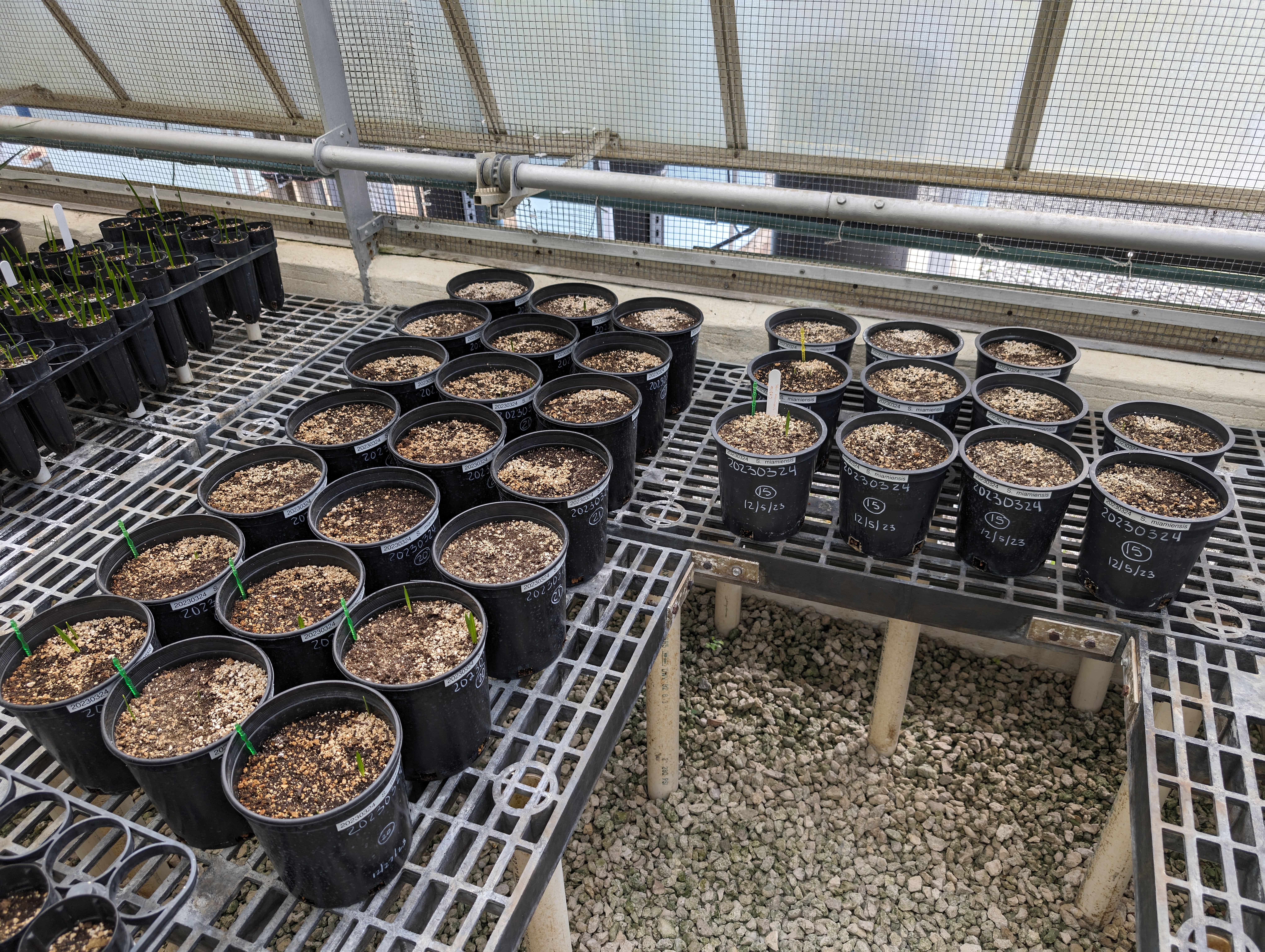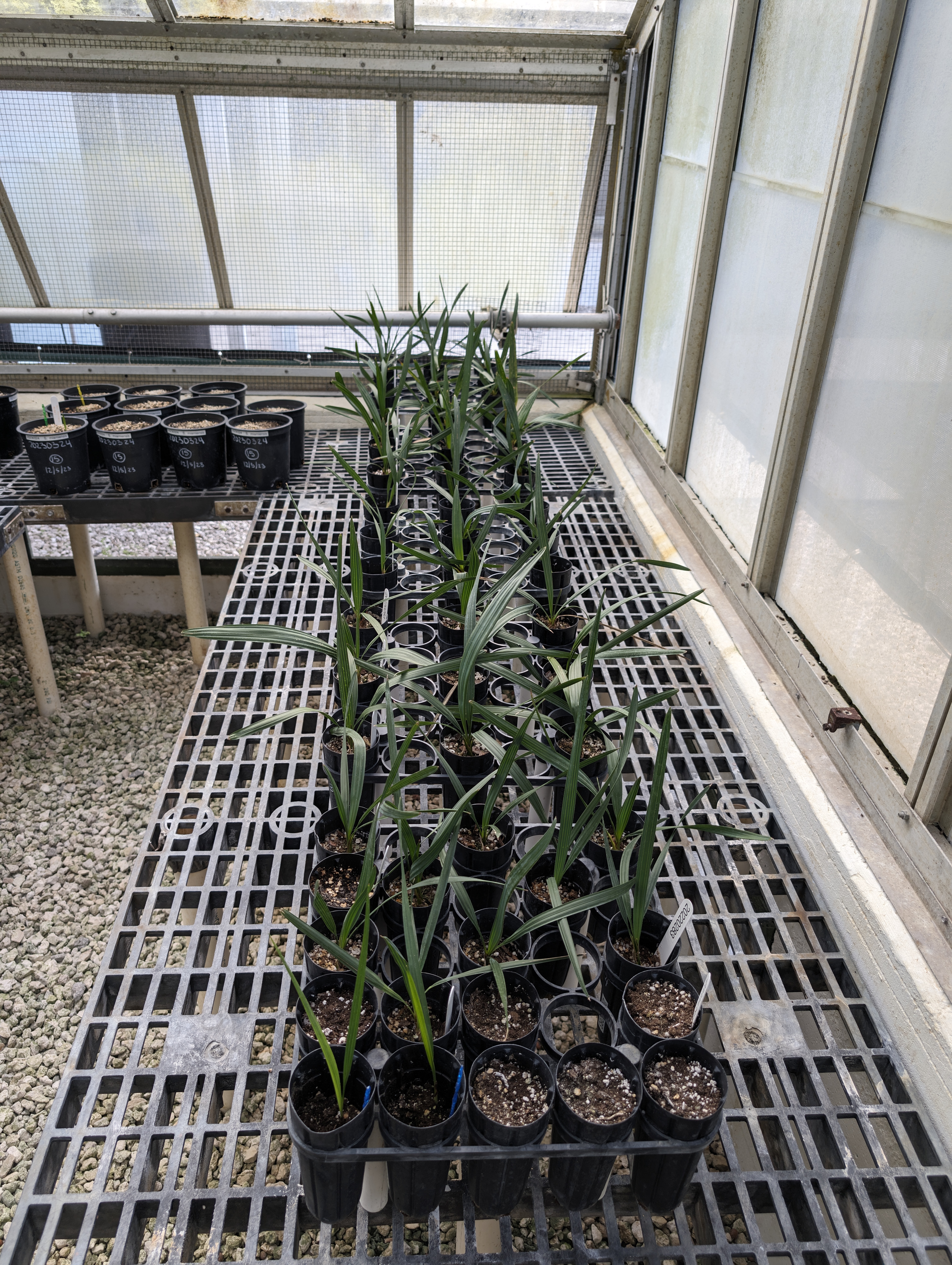Reintroducing Sabal miamiensis to it's native range, South Florida

-
Status of project
Completed -
Region
North America -
Country
United States of America -
Programme
BGCI -
Workstream
Saving Plants -
Topic
Plant Conservation
Funded by the Global Botanic Garden Fund: Extinct in the Wild
Project Completed: 2023
Institution: Montgomery Botanical Center
Reintroduction of Sabal miamiensis in south Florida
Sabal miamiensis Zona was listed as Ex/E in the 1997 IUCN Red List. Montgomery Botanical Center (MBC) has a strategic plan that prioritizes palm collecting at similar latitudes, soils, or climate and this project aligned with this.
The objective for this project was to artificially pollinate Sabal miamiensis to produce a seed source, grow the seeds and reintroduce the plants to the wild.
The Seedbank Coordinator successfully pollinated the existing S. miamiensis in the MBC plant collection, producing over 100 viable seeds for propagation. Sabal seed have about 80% or greater germination rate and the aim was to produce 150-200 seeds to achieve the 100 plants needed. This was exceeded as they have already produced 87 seedlings in 7 inch tubes and have 290 seeds (with some beginning to sprout) in 1-gallon community pots in the nursery.

Montgomery Botanical Center currently has 31 S. miamiensis in 7-gallon pots ready for reintroduction. Planning for where these will be planted is currently underway. The remainder of the seedlings will be planted in 3-4 years upon reaching planting size.
The thirty one 7-gallon S. miamiensis plants are ready to be planted and 87 seedlings and 290 seeds continue to be grown in the MBC nursery to ensure that 100 plants will be planted in its native habitat in about 4 years at the necessary 7-gallon size.

In surveying the habitat of S. miamiensis the team were able to confirm an existing wild population. This discovery allowed them to produce an article currently in press in the journal Palms titled, “Sabal miamiensis: Not Extinct in the Wild.” This article will inform the greater palm community of the existence of Sabal miamiensis in habit.
Watch a video of the newly discovered Sabal miamiensis, with Dr. Larry Noblick